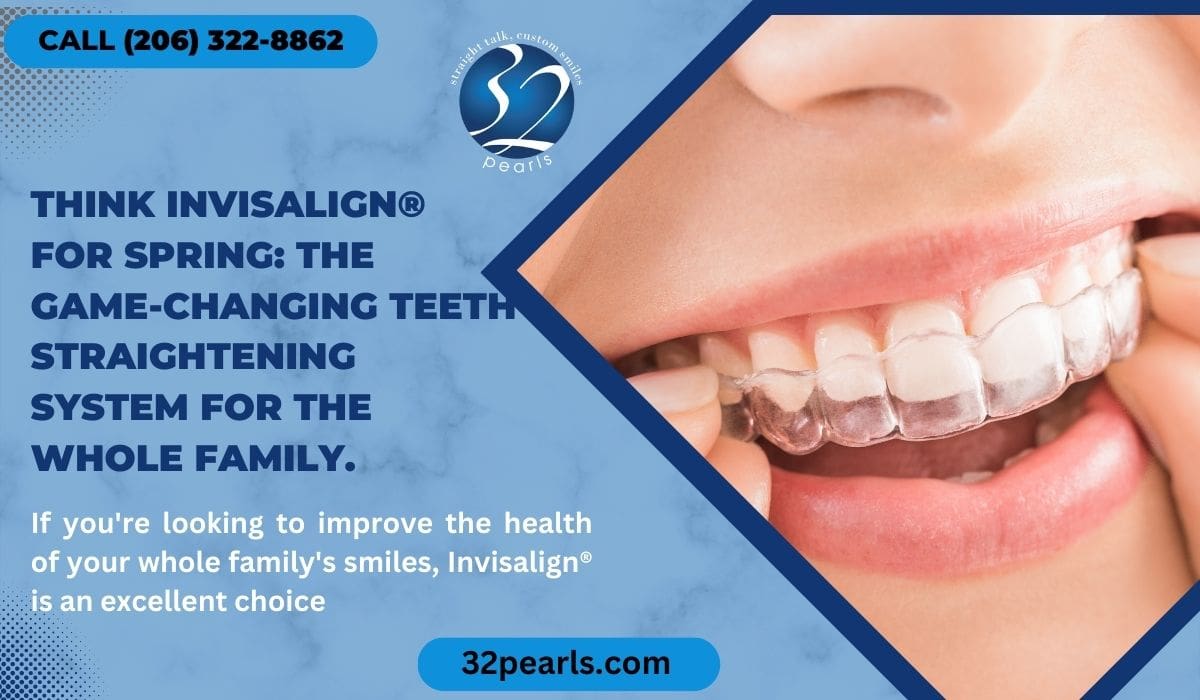Success Stories: How Invisalign Changed Lives and Enhanced Confidence
Wiki Article
Invisalign vs. Traditional Braces: Which Alternative Is Right for You?
When considering orthodontic therapy, the selection in between Invisalign and typical braces presents numerous essential variables that warrant careful analysis. Invisalign uses a very discreet choice with removable aligners, while typical braces provide a more visible yet reliable remedy for serious imbalance. Each option encompasses distinctive benefits and downsides associated with aesthetics, comfort, therapy period, and expense. Comprehending these subtleties is critical for making a notified choice that lines up with your individual preferences and lifestyle. The question remains: which choice will ideal fulfill your orthodontic demands and expectations?Introduction of Therapy Alternatives

In contrast, standard dental braces contain steel braces and cords that are bound to the teeth. This approach applies continuous stress with time to attain alignment. While effective for intricate orthodontic issues, typical braces require routine check outs for adjustments and can posture obstacles in keeping dental health because of the problem of cleaning up around brackets and cords.
Both choices have their advantages, and the choice commonly rests on specific oral problems, way of living preferences, and individual conformity. Ultimately, speaking with an orthodontic expert is critical for figuring out the most appropriate treatment strategy tailored to specific demands. Recognizing the subtleties of each option can dramatically affect the overall success of orthodontic therapy.
Visual Considerations
A considerable factor influencing the option in between Invisalign and standard dental braces is the visual charm each treatment provides. Invisalign aligners are crafted from clear plastic, making them basically invisible when worn. This very discreet look is especially attracting grownups and teenagers who might really feel uncomfortable about their orthodontic therapy. The ability to preserve a natural smile throughout the alignment procedure can substantially enhance the client's self-confidence in specialist and social settings.On the other hand, traditional braces contain metal brackets and cables, which can be extra noticeable. While improvements in orthodontic innovation have actually led to the growth of smaller braces and colored elastics, typical braces still maintain a more conspicuous profile. For some people, the presence of braces might discourage them from seeking necessary treatment.
Ultimately, the choice between Invisalign and standard dental braces might rest on personal choices pertaining to looks. Individuals who prioritize discernment typically lean towards Invisalign, while those that are less concerned regarding visibility might go with conventional dental braces. Comprehending the aesthetic implications of each choice is essential for making an educated decision that lines up with one's way of life and preferences.
Comfort and Convenience

In regards to benefit, Invisalign aligners are removable, allowing patients to enjoy their favored foods without constraint and keep optimum oral health. Cleaning and flossing are streamlined, as the aligners can be secured throughout these regimens, whereas typical dental braces require cautious navigating around braces and wires.
In comparison, try these out conventional braces require routine adjustments, making them less hassle-free for those with hectic schedules. Generally, the convenience and benefit of Invisalign make it an appealing choice for many individuals seeking orthodontic treatment.
Therapy Duration and Efficiency
While both Invisalign and conventional dental braces are reliable in dealing with dental misalignments, the duration of treatment can differ substantially in between both options. Commonly, Invisalign therapy can take anywhere from 12 to 18 months, relying on the intricacy of the case. The clear aligners function by gradually shifting teeth right into their wanted placements, and normal follow-ups with an orthodontist assistance ensure progression stays on track.
On the other hand, typical braces often call for a longer dedication, usually ranging from 18 months to 3 years. This results from their fixed nature and using brackets and cables, which can be extra effective for serious misalignments and intricate situations (Invisalign). The treatment effectiveness of traditional braces is well-documented, as they enable for exact modifications and better control over tooth movement
Ultimately, the choice between Invisalign and typical braces may hinge on both the expected treatment period and the details oral concerns available. Consulting with an orthodontist is important, as they can give tailored referrals based upon private needs, making certain the picked technique straightens with preferred durations and outcomes.
Price Contrast and Insurance Policy Alternatives
Cost plays a substantial function in the decision-making procedure for individuals considering orthodontic treatment, whether selecting Invisalign or typical braces. Usually, the cost of Invisalign ranges from $3,000 to $8,000, while conventional Related Site braces commonly set you back between $2,000 and $6,000. Variables influencing these prices include the intricacy of the instance, the duration of treatment, and geographical location.Insurance policy insurance coverage can dramatically influence out-of-pocket expenses. Many dental insurance policy plans supply partial protection for orthodontic therapies, yet the specifics can differ widely. It is crucial for patients to evaluate their insurance policy plans to figure out the extent of coverage for either option. Usually, traditional braces may be a lot more frequently covered by insurance strategies compared to Invisalign, which some insurers classify as an aesthetic procedure.
In addition, several orthodontic techniques provide versatile layaway plan, making both therapy alternatives more easily accessible. Individuals ought to ask about potential funding options and discounts for ahead of time settlements. Examining the complete cost, including insurance coverage benefits and layaway plan, is necessary for making an educated choice that straightens with both aesthetic preferences and budget plan factors to consider.

Conclusion
In summary, the choice between Invisalign and standard braces depends upon several factors, including aesthetic choices, convenience, therapy period, and price. Invisalign uses a discreet, removable alternative that assists in oral hygiene and nutritional adaptability, while traditional braces might be much more suitable for complex oral problems and often come at a reduced price point. Ultimately, assessment with an orthodontist is vital to assess individual scenarios and determine the most appropriate treatment choice for accomplishing optimal oral alignment.When considering orthodontic therapy, the selection between Invisalign navigate here and typical braces presents numerous essential factors that warrant careful assessment.Comparing Invisalign and standard braces reveals distinctive therapy options for orthodontic modification.While both Invisalign and standard dental braces are reliable in remedying oral imbalances, the duration of therapy can vary significantly in between the two options.Expense plays a substantial function in the decision-making procedure for people thinking about orthodontic therapy, whether choosing for Invisalign or standard braces.In summary, the option in between Invisalign and standard braces hinges on numerous factors, consisting of visual choices, comfort, treatment duration, and cost.
Report this wiki page